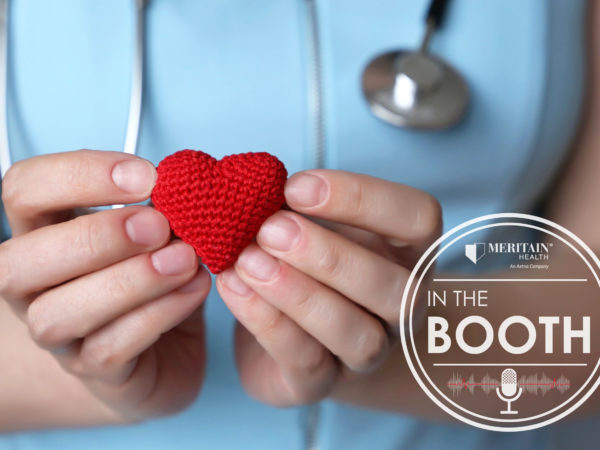
Over the last few years, tuberculosis (TB) cases have been seeing a steady rise in the United States. In fact, per the Centers for Disease Control and Prevention (CDC), the TB rate has gone up approximately 15 percent between 2022 and 20231. And that’s after nearly three decades of regular declines. So, why the sudden spike? Researchers believe it could be related to many factors, including a shift in resources that occurred during the COVID-19 pandemic. During this time, access to TB testing was greatly disrupted, also affecting timely treatment. Additionally, similarities between the symptoms of TB and COVID-19 may have led to missed diagnoses.
The good news? Tuberculosis is preventable. We’ve compiled everything you need to know including:
-
- Its symptoms.
- How patients are diagnosed.
- Available treatments and vaccines.
- Prevention strategies to help keep you safe.
Let’s dig in.
What is tuberculosis?
Tuberculosis is an airborne disease, caused by a type of bacteria. It often affects the lungs, known as pulmonary TB. Tuberculosis can occur outside the lungs as well, affecting organs like lymph nodes, skin, joints, bones, the brain, urinary tract or abdomen.
How do you get it?
Tuberculosis is spread through the air when someone with an active infections coughs, sneezes or is in close contact with others. Only a small amount of bacteria is needed for a person to become infected.
What are its symptoms?
Common symptoms of active TB include prolonged cough, chest pain, weakness or fatigue, weight loss, fever and night sweats. Symptoms can be mild or flu-like for many months.
In addition, tuberculosis bacteria can lie inactive in the body, known as latent or inactive TB. If a person’s immune system weakens, this may develop into an active infection. People with inactive TB do not show any signs or symptoms of infection and are not contagious.
How is tuberculosis diagnosed?
There are two types of initial tests for tuberculosis. Here’s a quick look at how each of these works.
-
- A TB skin test requires two visits to your health care provider. During your first test, a small amount of antigen will be placed under your skin. After a few days, you’ll need to return to see if a bump has appeared, revealing a potential infection. This test is appropriate for most people, including infants, children, people with HIV infection and pregnant individuals.
- A TB blood test only requires one visit. It’s often recommended for those prone to allergic reactions or people who have received the TB vaccine.
These tests are used to confirm whether a patient has been infected with TB bacteria. A positive result will prompt your health care provider to run more tests to determine if you have an active or a latent infection.
Can it be treated?
Yes. Typically, most patients with an active symptomatic infection are treated for six months with four antibiotics. For patients who are asymptomatic, preventive treatment typically involves one to three months of antibiotics.
Is there a vaccine for TB?
Yes. The Bacille Calmette-Guerin (BCG) vaccine is used to prevent TB disease. Although it is not widely used in the United States, it is recommended for patients who meet specific criteria, such as infants, children and high-risk adults. The vaccine only needs to be administered once.
What can be done to prevent tuberculosis?
Certain conditions can increase a patient’s risk of contracting TB, such as being a type 2 diabetic, having a weakened immune system, being malnourished or tobacco use. Staying healthy and seeking medical attention if you experience symptoms like prolonged cough, fever and unexplained weight loss can help prevent the spread and improve chances of recovery. If you are at increased risk, get tested.
Complete the full antibiotics course if you have an active infection. Also, wear a mask and practice good hygiene. This includes washing hands, covering your mouth and nose when coughing or sneezing and disposing of used tissues properly.
Where can tuberculosis cases be found?
Cases of tuberculosis can be found in all 50 states in the U.S. Though cases are seeing a steady rise, the U.S. still has a low rate globally. Several states have been facing recent surges, such as California, Alaska, Hawaii, New York and Texas. There are also eight countries in the world with higher than average risk factors, including India, Indonesia, China, the Philippines, Pakistan, Nigeria, Bangladesh and the Democratic Republic of the Congo. If you feel sick after travel, remember to follow up with your doctor.
Thanks to our friends at Meritain Health Pharmacy Solutions (MPS) for compiling this information.
This article is for informational purposes only and is not meant as medical advice.
Resources
https:/www.cdc.gov/tb/statistics
https:/www.who.int/health-topics/tuberculosis



